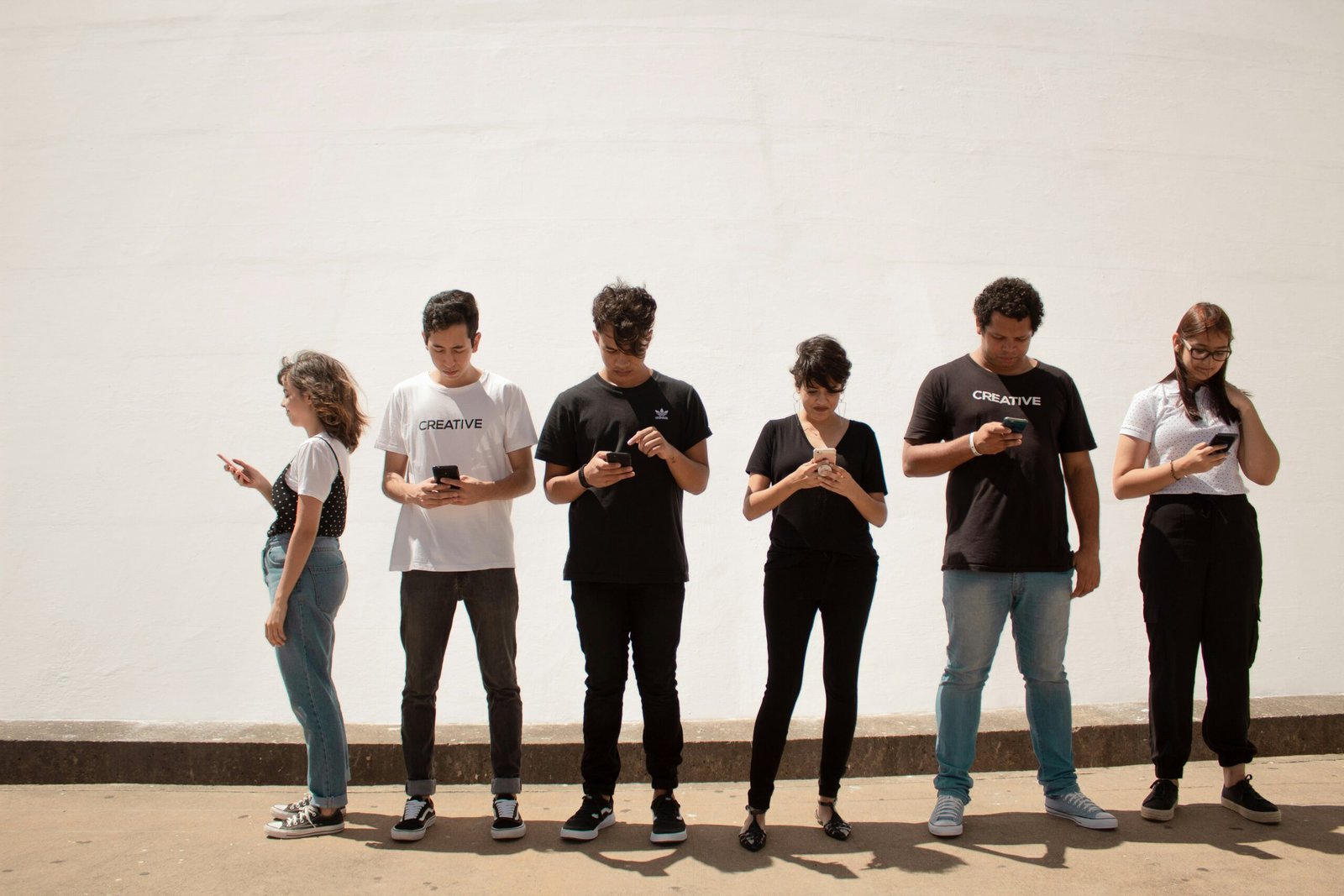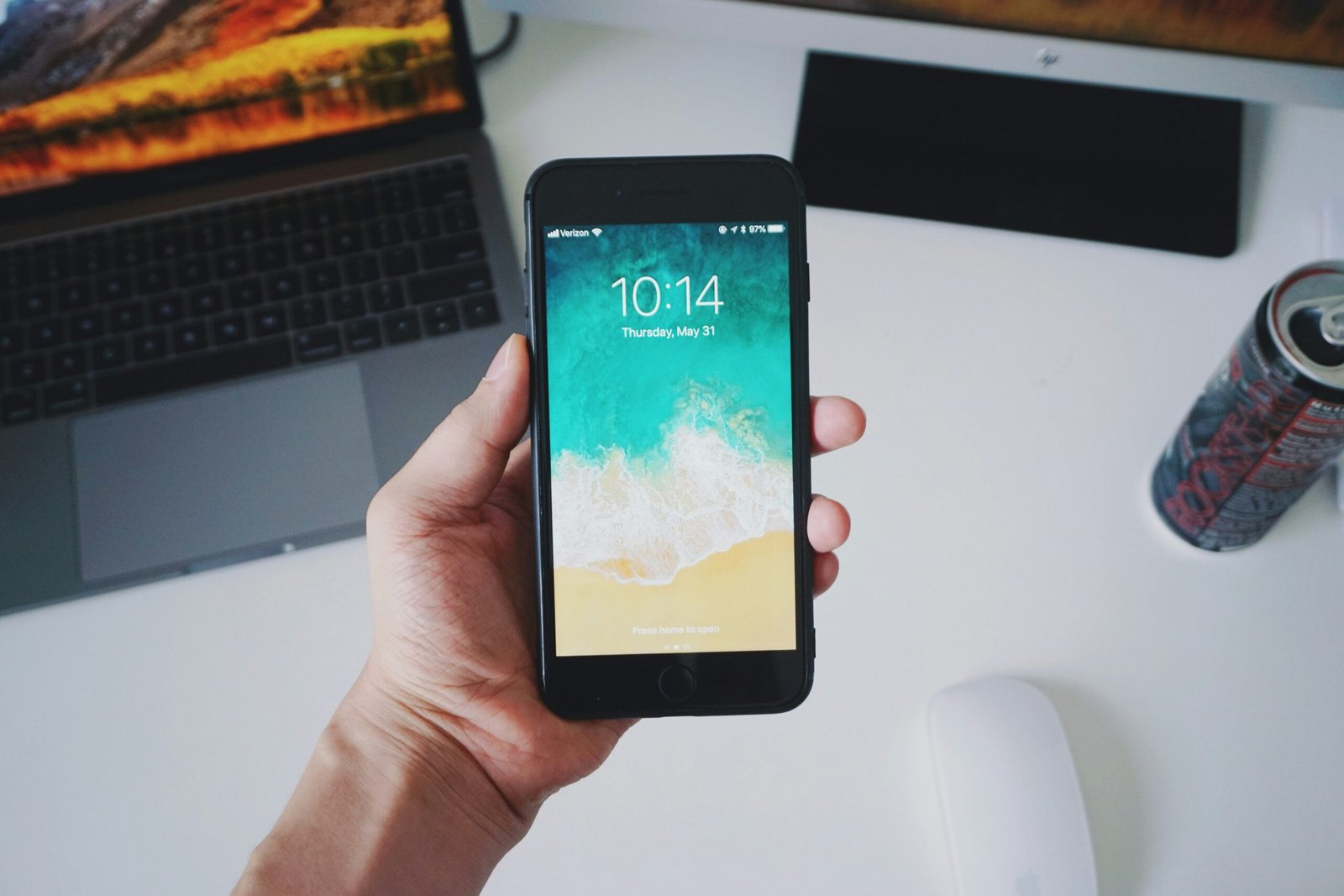Introduction
Are you considering making the switch from an Android phone to an iPhone but are worried about what features you may lose in the transition? Fear not! In this article, we will explore and discuss some of the main differences between Android and iPhone devices to help you make an informed decision. Let’s dive in!
User Interface
One of the most noticeable differences when switching from Android to iPhone is the user interface. While both operating systems have their own unique designs, iOS (iPhone) has a more polished and streamlined look compared to Android.
The iPhone’s user interface is known for its simplicity and consistency, making it easier for users to navigate through the phone’s various apps and features. If you are used to the customization options available on Android, such as widgets and different launchers, you may find the iPhone’s interface to be more restrictive.
App Store vs. Google Play Store
Another significant difference between Android and iPhone devices is the app stores. Android devices use the Google Play Store, while iPhones use the Apple App Store. Each store has its own selection of apps, and some apps may be available on one platform but not the other.
The Apple App Store is known for its strict app guidelines and quality control, resulting in a curated selection of high-quality apps. In contrast, the Google Play Store has a more open approach, allowing developers more freedom in publishing their apps. Keep in mind that some popular apps or games may be released on one platform before the other, so you may need to wait longer for new releases when using an iPhone.

Features and Functionality
Let’s break down some of the features and functionalities you may miss when switching from Android to iPhone.
Customization
If you enjoy customizing your phone to reflect your unique style, you may miss the level of customization available on Android devices. Android allows users to change their device’s theme, apply custom widgets, and use different launchers to personalize their phones.
On the other hand, iPhone’s customization options are more limited. While you can change your wallpaper, rearrange app icons, and create folders, you won’t have the same level of control over the overall look and feel of your device.
File Management
Android devices have a more flexible file management system compared to iPhones. On Android, you can easily access your device’s file system, transfer files between your phone and computer, and organize your files as you see fit. This can be especially useful for users who frequently transfer media files or documents between devices.
In contrast, iPhones have a more locked-down file system, restricting users from accessing certain directories or file types. While iOS does offer iCloud for cloud storage and file sharing, some users may miss the simplicity of direct file management on Android devices.
Native Apps and Integration
When switching from Android to iPhone, you may miss the seamless integration of Google’s suite of apps and services. Android devices come pre-installed with Google apps like Gmail, Google Maps, and Google Photos, which work seamlessly together to provide a cohesive user experience.
While you can still download Google apps on an iPhone, they may not integrate as smoothly with the device’s operating system compared to when they are used on an Android device. If you are heavily invested in Google’s ecosystem, you may find the transition to an iPhone to be a bit challenging in terms of app integration.
Security and Privacy
Security and privacy are essential considerations when choosing a smartphone. Let’s take a closer look at how Android and iPhone devices differ in terms of security and privacy features.
Operating System Updates
One of the advantages of owning an iPhone is the timely and consistent software updates provided by Apple. iPhones typically receive iOS updates for several years after their release, ensuring that users have access to the latest security patches and features.
On the other hand, Android updates are often delayed by manufacturers and carriers, resulting in slower adoption rates among Android users. This can leave devices vulnerable to security threats if they are not updated promptly. If you prioritize timely software updates and security patches, you may appreciate the iOS update cycle when using an iPhone.
App Permissions
Android devices offer users more granular control over app permissions compared to iPhones. When installing an app on an Android device, users can choose which permissions the app has access to, such as camera, microphone, location, and more.
In contrast, iPhones have a more simplified approach to app permissions, where users are asked to grant access to certain permissions when using an app for the first time. While this streamlined process may be more user-friendly, some users may miss the flexibility of managing app permissions individually on Android devices.
Privacy Features
Both Android and iPhone devices offer privacy features to protect user data. iPhones are known for their strong stance on privacy, with features like data encryption, app tracking transparency, and privacy labels on the App Store to inform users about how their data is collected and used.
Android devices also provide privacy features, such as permission restrictions, privacy settings, and a built-in security platform called Google Play Protect. While both platforms prioritize user privacy, iPhone users may appreciate Apple’s commitment to data protection and transparency when it comes to handling user data.

Hardware and Performance
Let’s examine how the hardware and performance of Android and iPhone devices differ and what you may miss when switching from one platform to the other.
Hardware Options
One of the advantages of Android devices is the wide range of hardware options available to users. Whether you prefer a budget-friendly device or a premium flagship phone, Android offers a variety of choices from different manufacturers, such as Samsung, Google, OnePlus, and more.
In comparison, iPhones have a more limited selection of models released by Apple each year. While this may simplify the decision-making process for some users, others who enjoy having a range of hardware options to choose from may miss the variety offered by Android devices.
Performance and Optimization
iPhones are known for their optimized performance and efficiency, thanks to the integration of hardware and software developed by Apple. iOS is designed to work seamlessly with iPhone hardware, resulting in smooth performance, faster app loading times, and longer battery life.
Android devices, on the other hand, may vary in performance depending on the manufacturer and hardware configuration. While flagship Android phones offer high-performance capabilities, some budget-friendly models may experience lag or slower performance due to hardware limitations.
If you appreciate fast and consistent performance, as well as optimized hardware and software integration, you may prefer using an iPhone over an Android device.
Conclusion
In conclusion, switching from an Android phone to an iPhone can be a significant change, and there are certain features and functionalities that you may miss during the transition. From customization options and file management to security features and hardware selection, both Android and iPhone devices have their own strengths and weaknesses.
Ultimately, the decision to switch platforms comes down to personal preference and priorities. If you value seamless performance, timely software updates, and a polished user interface, you may enjoy using an iPhone. On the other hand, if you prefer customization options, a flexible file management system, and a wide range of hardware choices, Android devices may better suit your needs.
Whichever platform you choose, both Android and iPhone devices offer unique experiences and a range of features to enhance your smartphone usage. Consider your preferences and priorities carefully before making the switch, and remember that the grass is not always greener on the other side. Happy smartphone shopping!








